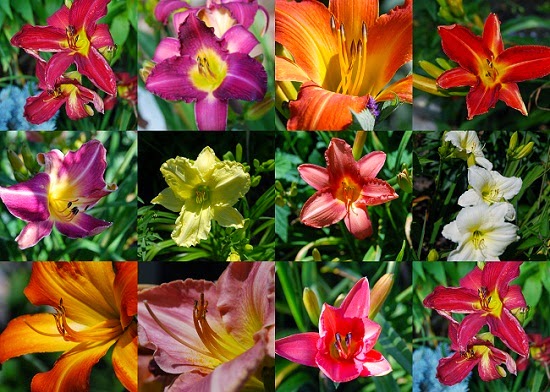Springtime gardening in New England sometimes presents hurdles. With temperatures steadily getting warmer, us New Englanders are always a bit weary of whether or not the warmth is to stay - and with good reason too, especially after a frost warning this past week!
Given a rather long and cold winter, there is no surprise that we're all quite eager to get outside and play in the dirt. With that said, though, we do not wish for our sweat equity to be wasted and therefore, must determine the hardiest, most attractive plants to invest in. For this reason, CT Valley Homes brings you a guide to the top gardening considerations and best selections for New England flower gardens.
Considerations of the New England Gardener
- Do I have to worry about deer?
- If you live in a wooded area where it is not uncommon to find deer in your yard, consider deer resistant additions to your garden.
- Is your garden area sunny, partly sunny or shady?
- When you are choosing the plants to decorate your garden do not overlook the growing environments specific to plant types. Do not invest in full sun plants if your garden is mostly shaded.
- Choose plant category carefully.
- Gardeners have the choice between perennials and annuals. If you're looking to enhance the outdoor appearance of your home, but are not looking for a new hobby, perennials are your best bet - yes, you've got it; they come back year after year. Annuals, on the other hand, need to be planted year after year creating a more time consuming project for homeowners. If you love gardening and consider it a hobby, then this is not a problem for you. If you don't feel so in love with this project then be extra cautious to ensure you're investing in perennials.
- When will my plants bloom?
- Do not forget to review and coordinate the blooming cycles of the plants you'll be adding to your garden. If you desire a colorful garden all spring and summer long, be sure to incorporate plants that bloom at different times throughout the warmer seasons.
10 Most Recommended New England Flowers
Perennials:
- Daylilies - very colorful and attractive flowers, but they usually only stay in bloom for the duration of one day, hence, their name.
 |
| Daylilies |
- Sedum - this plant is extremely hardy. Whether we're experiencing an abundance of rain or the driest of droughts, this plant usually thrives.
- Bleeding Hearts - Nothing short of its name, this beautiful plant showcases magenta heart shaped flowers year after year. Sometimes these plants even spread, so be sure to place them with plenty of room for expansion.
 |
| Bleeding Heart |
- Daffodils - Daffodils are one of the most common springtime flower sightings in New England. These floral pops of bright yellow and white bloom as early as late March through early June.
- Tulips - Just like daffodils, these springtime bloomers last from late March - early June.
Annuals:
 |
| Glitz Euphorbia |
- Glitz Euphorbia - this summertime annual plant blooms tiny, white flowers throughout the entire duration of the summer.
- Salvia - This full sun plant will attract the hummingbirds and butterflies to your garden throughout the summer months.
- Dianthus - If you're in search of a magical flower, you've met your match. Dianthus is a beautiful ball of flower buds that change colors during their blooming cycle. While they bloom hot pink, they eventually fade lighter and lighter until they are white.
 |
| Dianthus |
- Primula - This partial shade beauty will add gorgeous pops of color as potted plants for patios and outdoor escapes.
 |
| Primula |
- Lobularia - The perfect annual flower considering those unanticipated New England cold spells. This spring annual is very cold tolerant and features tiny white flowers similar to Glitz Euphorbia. This flower is known to for it's flowery fragrance.








Comments
Post a Comment